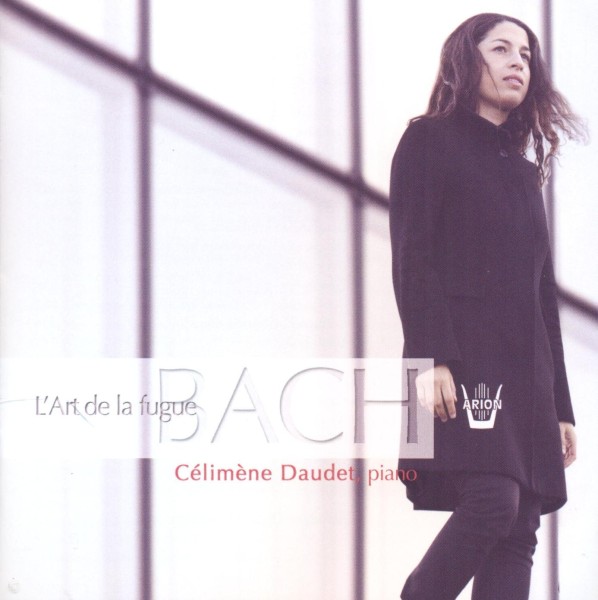
Die Kunst der Fuge
The Art of Fugue: an Absolute
I always had the impression of knowing The Art of Fugue.
I perceived its immensity; I liked its mystery.
Mystery of the unfinished work, a questioning facing the testamentary work, fascination exerted by the perfec- tion of the contrapuntal writing.
And even more, might it have been meant to be played?
I knew The Art of Fugue as one knows a legend.
One sometimes hears that it is an abstract work, arid, austere, coldly reduced to an intellectual 'exercise'. Is that not to condemn it to silence?
I would like to be able to relate the journey I have taken since the day I first opened this score, not only to ana- lyze or read it, but to finally plunge my hands into it. The Art of Fugue, a work of extreme loftiness of thought, exudes work, labour in all its nobility.
As if art were also craft.
For, to me, The Art of Fugue is shaped, kneaded, built by hand.
The subject of the first counterpoint appeared to me as a whole in itself, starting from which the work could be born and unfold. I like to think that these counterpoints and canons stem from this original cell, this raw mat- ter given like a verity.
My first steps through this work were, above all, a source of questions; faced with a text both complex and uncluttered, or even radical, what direction to take? What phrasings, what tempi, what articulations, which dyna- mics could impose themselves?
Perhaps even more than for other works, only time and patient exploration of the ins and outs of the counter- point permitted a choice. The piano, and what it suggests as a variety of dynamics, timbres, acoustic perspecti- ves and colours, enlarged my field of possibilities.
The limitless metamorphoses of the initial subject and the incessant discourse of the horizontal lines that cha- racterize and sculpt the counterpoint lead us to fugues that are in turn introspective, dancing, playful, serious, metaphysical, meditative...
And what a strange, beautiful paradox to feel so free in one's choices in music that is so erudite and well cons- tructed!
For me, the question of knowing whether or not it should be played was no longer of consequence; it is a work to which one must give life.
But then can it be listened to? For The Art of Fugue puts to the test whomever dives into it. Are we yet ready to let time do its work and not seek immediacy and facile charms?
This rediscovered time, indispensable to the performer, will perhaps also be necessary for the listener.
The disc offers the possibility of deciding on the moment when one wishes to immerse oneself in a work and allows for granting oneself the time to listen and listen again in order to detect the riches.
I made the choice of grouping the fugues by genre (simple counterpoints, counterpoints in contrary motion, double and triple counterpoints, mirror counterpoints, the final, unfinished counterpoint) and punctuating them with canons, imagined as respirations or improvised divertissements.
This is the progression that I would like to propose through The Art of Fugue, a work that again teaches us time, the need for time and the acceptation of time.
'Every evening, for a half-hour, I plunge again into Die Kunst der Fuge. [...] One no longer feels either sereni- ty or beauty in it but rather a torment of the mind and the will to bend forms, rigid as laws and inhumanly inflexi- ble. It is the triumph of the mind over the number. And before the triumph, the struggle. And whilst submitting to constraint, everything that can still be, through it, in spite of it, or thanks to it, playing, emotion, tenderness, and, when all is said and done, harmony.' (André Gide, Diary, year 1921)
Célimène Daudet


